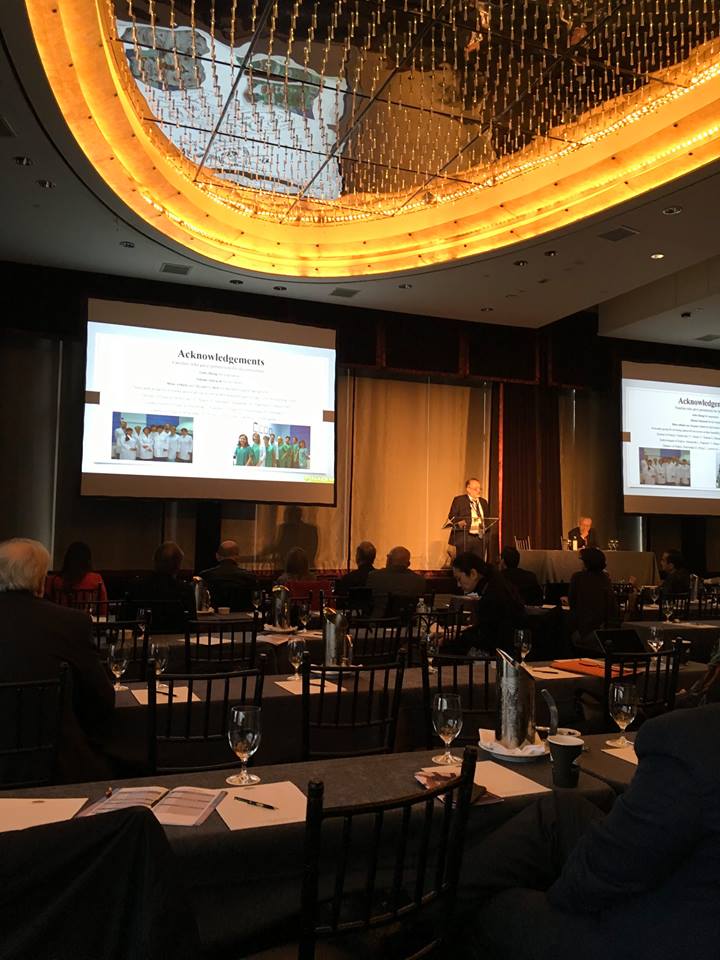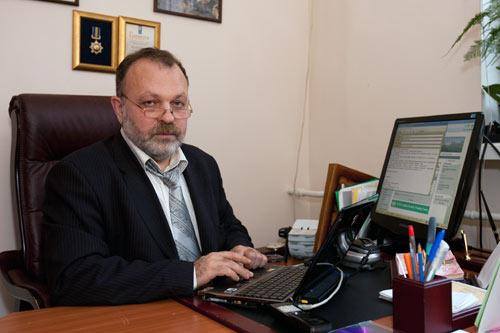Two infertile women in Ukraine underwent the mitochondrial transfer procedure to get pregnant. Even though the technique is only legal in the United Kingdom it was already used in Mexico where a team of US doctors used this technique on a Jordanian couple to help them conceive. The procedure was a success and the baby was healthy and free of the genetic disease carried by the mother.
Today we are talking with dr Valery Zukin who lead the procedures in Ukraine.
Dr Zukin was your operation the same procedure that was done in Mexico by US doctors?
It was similar, but we use transfer of pronuclei instead of spindle transfer by Zhang’s group. Also we use another method of fusion( not electrofusion as Zhang’s group). And our patients had another indications for providing procedure- whole embryo arrest, but Zhang’ group treated the patient for prevention of transmission mitochondrial disease.
We know that one of the differences was the fact that the Jordanian woman in Mexico was the carrier of the Leigh Syndrome and it was done to avoid passing it onto the child. Why was ‘mitochondrial transfer’ used in this case?
Our patients had whole embryo arrest in all previous IVF CYCLES

US doctors had to go to Mexico because it isn’t legal to do the procedure in US, as a matter of fact it is officialy legal only in the United Kingdom. Do you think Ukraine might help paving the way to legalising the mitochondrial transfer in Europe?
We could predict only the situation in Ukraine.It is not prohibited now. We are in the process of receiving permission for clinical trial. After this and follow-up for the borning babies we hope it will not be obstacles for accepting this kind of treatment in Ukraine.
The women you performed the procedure on have had failed IVF treatments in the past is that right? how did you come to the conclusion this particular three person technique will help in those cases?
These women had multiple cycles with the embryo arrest. We excluded the male factor by fertilization donor’s eggs by husband sperm. When it was OK, we hypothetized that it is the egg factor. After pronuclei transfer we received normal blastulation.
What can we achieve with mitochondrial transfer except blocking the hereditary genetic diseases?
We could avoid any harmful cytoplasmic factors/ These questions must be confirmed by further investigations. Only one way – to try for these patients use pronucleus transfer.
Do you plan on doing similar procedures in the near future?
Yes, but according to our primary experience it could only help patients less than 37 years old.
Similar procedures were done in the 1990s and the result was that the procedure was banned beause some of the children had genetic disorders, what is the difference between those procedures and the ones you carried out recently?
In 1990s it was a cytoplasmic transfer, but there was only external similarity. Cytoplasmic transfer only could add very few cytoplasm in the egg. But during pronucleus transfer we remove pronuclei from the “sick” cytoplasm and transfer in a “healthy” one.
Is the procedure more complicated or risky than standard IVF? and are there any additional risks involved?
Nobody knows. We are working to answer this question.
Could mitochondrial transfer be the new hope for people who didn’t have success with IVF?
We are still looking for answers to this question. We hope it is!
In your opinion, should the mitochondrial transfer be commonly available for patients with fertility issues?
No, we think it is the time for clinical trials in a very limited number of IVF clinics now.
Dr Zukin, Thank you very much for your time we appriciate it very much as Egg Donation Friends job is to inform patients about any new possibilities of treatment, we are very happy you sacrificied a bit of your time just for us.





